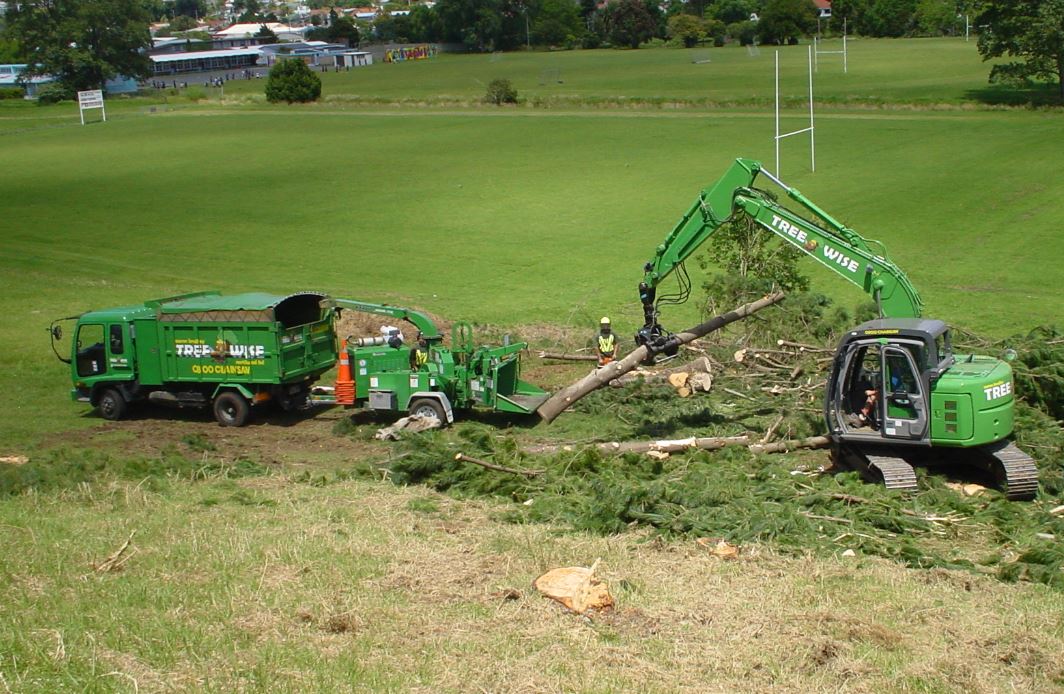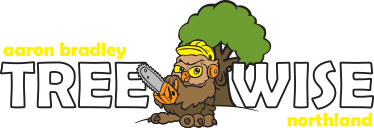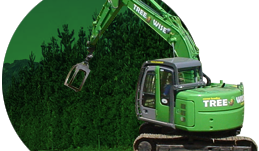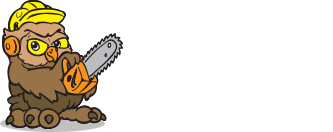Shelter Belt Trimming & Removal
 Shelter belts are a common sight throughout Northland and their benefits are widely known. They provide shelter from the elements for crops and animals, they hold vital nutrients in the ground and reduce soil erosion, and they create visual boundaries, giving you more privacy. However, without regular maintenance shelter belts quickly lose their functionality and worse, they turn into safety hazards.
Shelter belts are a common sight throughout Northland and their benefits are widely known. They provide shelter from the elements for crops and animals, they hold vital nutrients in the ground and reduce soil erosion, and they create visual boundaries, giving you more privacy. However, without regular maintenance shelter belts quickly lose their functionality and worse, they turn into safety hazards.
Tree Wise is experienced in dealing with a range of shelter belts in the Northland area, and our trained arborists can help you sort out unruly, lifeless or shabby-looking shelter belts.
Types of Shelter Belts
How big your shelter belt should be and what trees it consists of is mainly dictated by its purpose. Smaller varieties are perfect for hedge-like creations in residential areas, while larger and denser species can provide more shelter from the wind. You can also mix species, change the spacing between each tree or grow multiple rows for greater impact.
One of the most common shelter belts grown in the Northland area are made up of Macrocarpa. Due to its density and rapid growth this species was very popular at the beginning of the last century. However, once it became known that Macrocarpa is harmful to pregnant cows a lot of these shelter belts are now being removed and replaced with more animal-friendly trees.
Also popular in the 1920’s and 1930’s were cypress trees of varying species. They grow fast into thick rows of trees giving you privacy and shelter in no time. Many of these shelter belts still fulfil their purpose to this day, but the ones that need removing require expert knowledge and equipment due to their size and impact.
If you have any questions regarding shelter belts, you can trust the expert team at Tree Wise to give you advice on which trees would best suit your purpose, which maintenance is required and how much life you can expect from your shelter belt.
Shelter Belt Trimming
If you look after your shelter belts, they will serve you a lifetime. One of the most important tasks is regular pruning and trimming. This keeps the trees from growing out of control, they stay healthy and good-looking and your shelter belt will operate at maximum performance. Trimming also encourages growth which will help your shelter belt establish quicker.
Trimming is also a great way to examine the general state of your shelter belt. Sometimes shelter belts need to be partially removed, for example if they consist of several rows of trees of which some have caught a disease, have fallen over or died. These trees are at risk of falling into their healthier neighbours or spreading sickness, thus damaging the rest of the shelter belt.
Problems like these can be picked up during routine maintenance and dealt with in a timely and efficient manner. If we spot any issues with your shelter belt upon our initial assessment or during scheduled trimmings we can remove sick or rotten trees with our equipment without damaging the remaining trees. If necessary, we will replant where needed to ensure your shelter belt keeps doing its job.
Shelter Belt Removal
There may come a time when your shelter belt has outlived its purpose or needs to be replaced due to safety risks. This can often turn into a huge undertaking due to the size and density of many shelter belts. The longer you wait, the harder and riskier the job will be.
Tree Wise offers a high-quality shelter belt trimming and removal service. With our 26 metre hi-ab reach crane we are able to reach most shelter belt heights. No challenge is too big for us and we are experienced in dealing with trees in open and confined spaces.
We also clear the site of any debris once the job is done so nothing gets left behind that could pose a risk or destroy the look of your land. Why not give us a call today to receive a free, non-obligatory quote.


